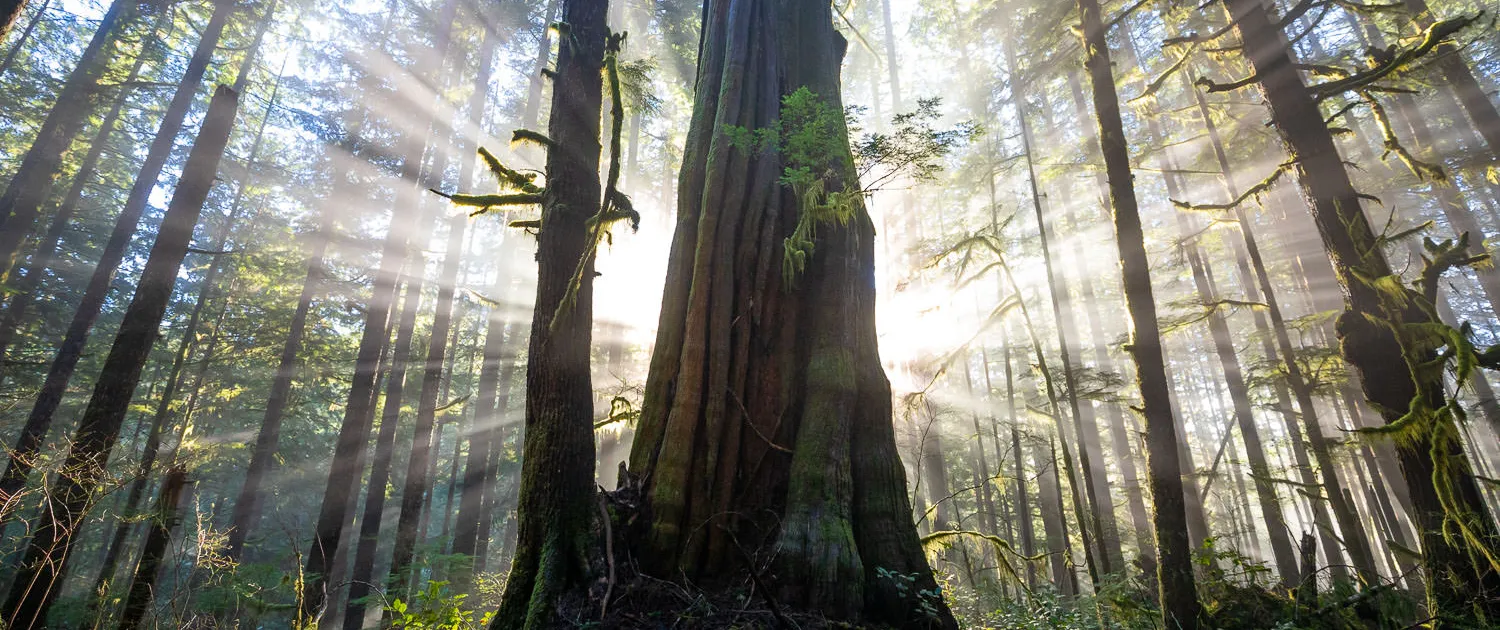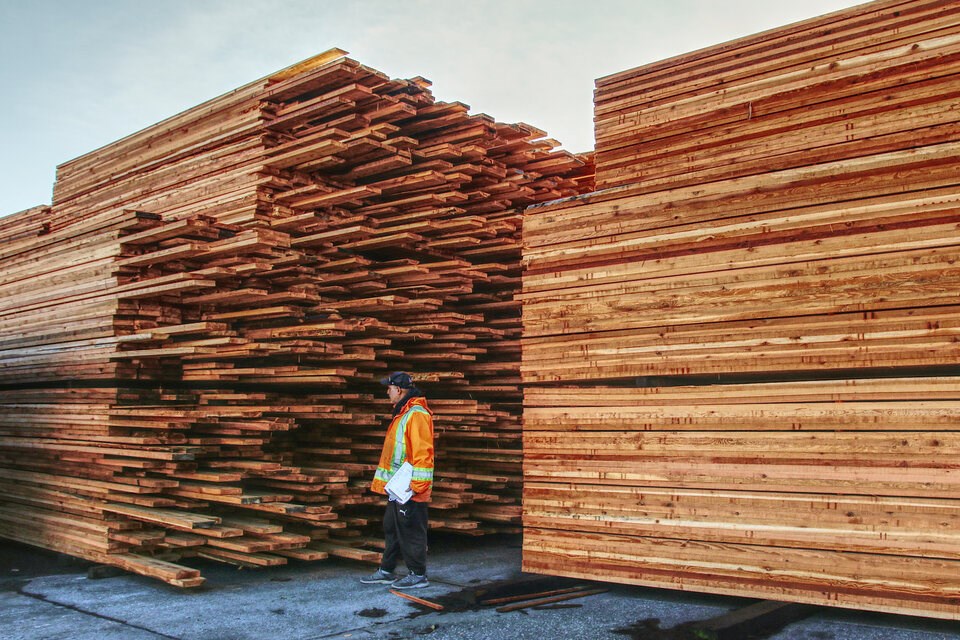 Aug 7 2012
Aug 7 2012Lift on logging restraints would be ill-advised
As members of a hastily convened committee of the provincial legislature meet to consider a controversial government proposal to escalate logging activities in British Columbia’s already hard-hit Interior forests, questions arise about whether the commit-tee is in any position at all to make an informed decision.
Thanks to the bravery of an unnamed public servant who decided in April to leak a provincial cabinet briefing document that outlined the contentious plan, the provincial government was forced to appoint the committee, consisting of both Liberal and NDP MLAs, and to hold public hearings.
A whirlwind tour of 16 communities in less than a month followed, with the committee, wrapping up its public consultations with back-to-back meetings in Merritt and Kamloops on July 12. As a result, members of the “special committee on timber supply” are now wading through the transcripts of nearly 200 people to appear before them as well as nearly 500 written submissions, before making their recommendations, which are expected in mid-August.
A consistent theme running through many of those submissions is that it would be highly unwise for commit-tee members to side with the government’s proposal to lift limited constraints on logging remnant patches of old-growth forests among others, in an effort to buy a few more years worth of logging for an industry that simply has too much milling horse-power given what forest remains.
The reason why is simple. For more than a decade, the provincial Forest Service – guardian of the public’s forests – has been hammered with deep funding and staff cuts. That, coupled with the ravages visited upon our forests by the climate-change-fuelled mountain pine beetle attack and all of the escalated logging activities in response to it, means that no one in government can credibly claim to know what, exactly, is going on in our forests.
In Kamloops, committee members heard such from Sean Curry, a veteran forest professional. Curry noted that most of us have at least an idea of what’s in our bank accounts. Checking our forest bank account is even more critical given withdrawals in the form of logging, insect attacks and fires, and because interest rates in the form of growing trees are so highly variable. Trees may be healthy one year, dead the next.
Curry’s choice of the banking analogy was obvious. If you don’t check, you risk over-drawing. In other words, we’re relying on younger trees that were planted or that naturally re-seeded following logging to be there in future years. The trouble is we’re not checking up on them nearly enough, despite compelling evidence that that is precisely what we need to do.
The recent work of two Forest Ser-vice scientists tells us why. In 2008, Alex Woods and Wendy Bergerud reported on field studies they did in the Lakes Timber Supply Area. The team found trouble in nearly one out of every five previously declared healthy or “free-growing” plots of trees that they looked at. Significantly, their report was based on fieldwork done in 2005 – before the mountain pine beetle completely overran the region near the community of Burns Lake, where a sawmill burned to the ground at the beginning of this year and that has become a focal point for commit-tee members as they weigh the merits of lifting logging constraints.
By 2007, Woods and Bergerud noted, many of the sample plots they had looked at had subsequently been attacked by the beetle – proof, they said, of the need to do even more assessments, particularly in light of climate change.
This July, a report by Tom Ethier, assistant deputy minister in the Ministry of Forests, Lands and Natural Resource Operations, noted that the problems identified by Woods and Bergerud are more widespread. Of 266 allegedly “free-growing” forest patches in five timber supply areas, “the majority” had experienced tree losses in the decade after they were declared healthy.
The good news, Curry says, is that for modest increases in Forest Service funding and a bit of patience – waiting a couple of years while the field-work is done – we could have a far better idea of what’s in our forests.
This, then, is not the time for the committee to endorse logging increases, a decision that in the absence of good data would be at best irresponsible and at worst highly dangerous.
Ben Parfitt is resource policy analyst with the Canadian Centre for Policy Alternatives and author of many forestry reports, including Making the Case for a Carbon Focus and Green Jobs in B.C.’s Forest Industry.
Read more: https://www.vancouversun.com/Lift+logging+restraints+would+advised/7050666/story.html






